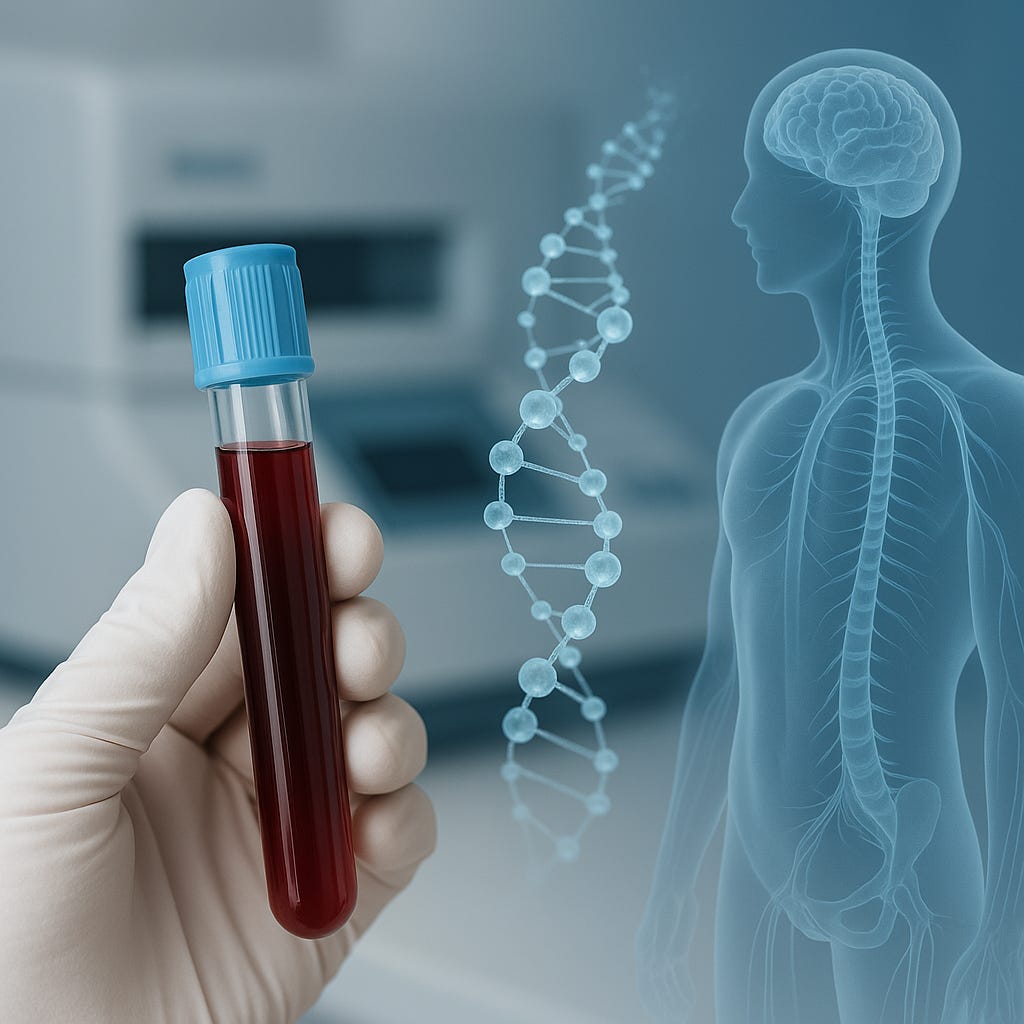Blood Tests for ALS Provide Highly Accurate Diagnosis and Prognosis
Head-to-head study shows four blood-based Neurofilament Light Chain assays reliably identify amyotrophic lateral sclerosis and forecast disease course without invasive procedures.
Topline
Recent research demonstrates that blood tests measuring serum neurofilament light chain (NfL) can accurately diagnose amyotrophic lateral sclerosis (ALS) and forecast patient survival, offering clinicians and patients valuable diagnostic and prognostic tools without invasive procedures.
Study Background
A study conducted in southern France, recentl…
Keep reading with a 7-day free trial
Subscribe to Just Healthcare to keep reading this post and get 7 days of free access to the full post archives.


